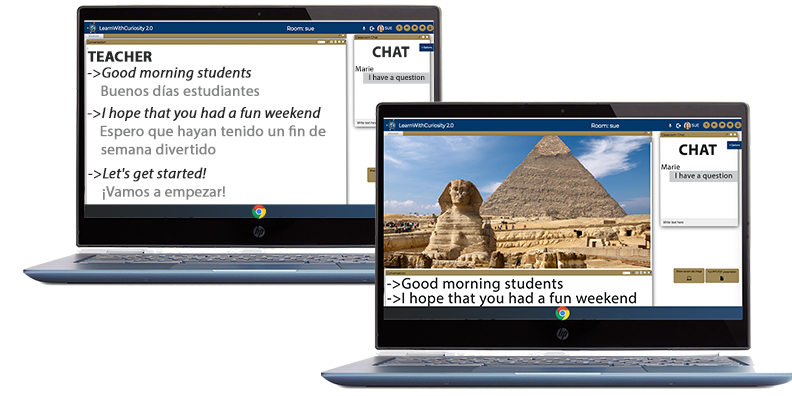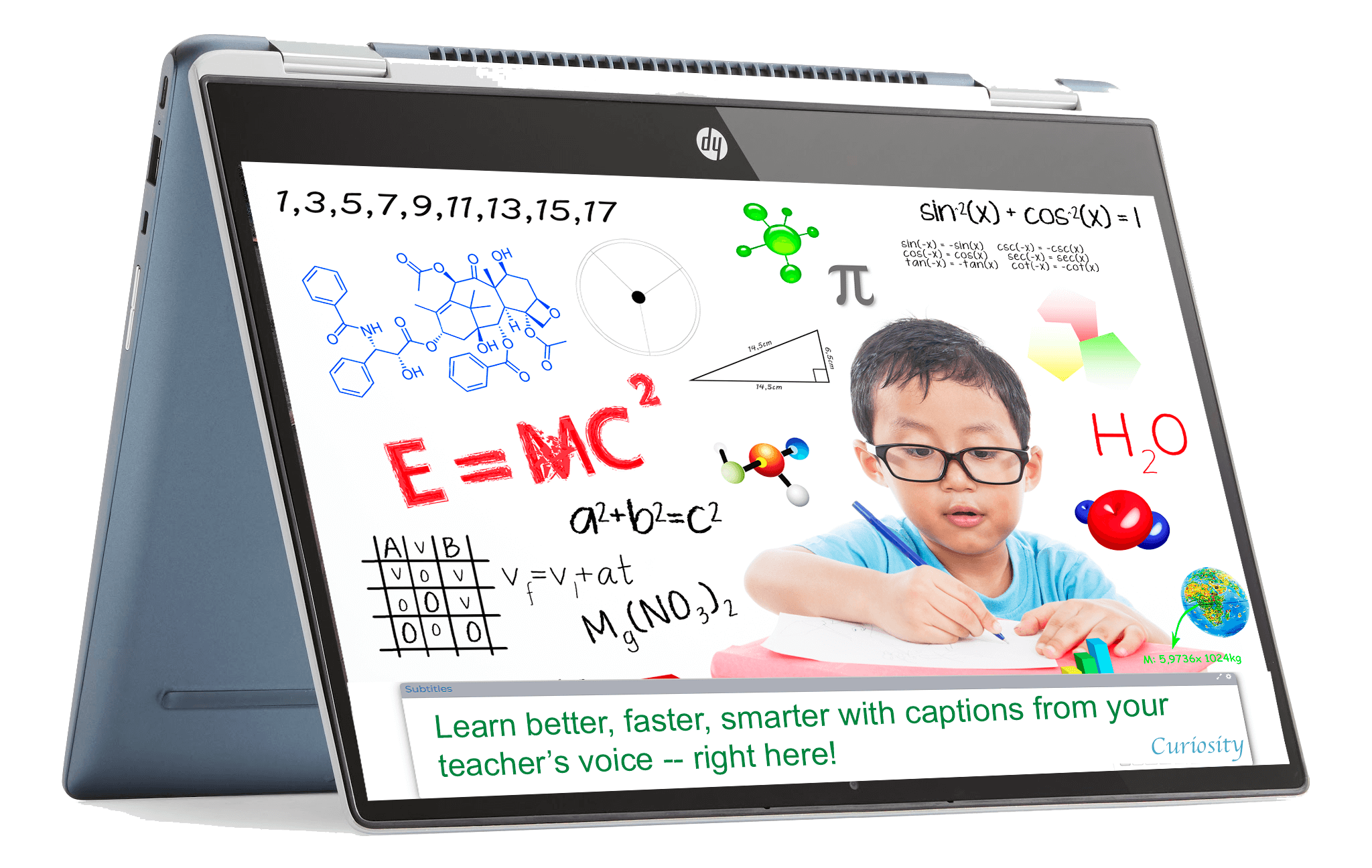

Title VI: For primary and secondary
Federal and state regulations make it mandatory for schools to communicate information to limited English proficient parents in a language they can understand relating to any program, service or activity that is communicated to parents who are proficient in English.
This includes, but is not limited to, information related to:
- Registration and enrollment in school and school programs
- Language assistance programs
- Parent-teacher conferences and group meetings
- Student discipline policies and procedures
- Special education, related services, and meetings
- Grievance procedures and notices of nondiscrimination
- Parent handbooks, report cards
- Gifted and talented programs
- Requests for parent permission for student participation in school activities
See if this sounds like you:
- Your employees, teachers, students and their families speak more foreign languages than they did 5 years ago?
- You are feeling the pressure to become compliant to recent regulations?
- Your classroom, live and virtual events bring people from different nationalities/ languages together?
- Your employees, teachers, students and their families face language barriers when communicating with one another?
- Your satisfaction metrics would be better if your stakeholders could communicate in their native/preferred language(s)?
If you answered True to 2 or more questions, it’s time to take a close look at how you communicate within academia.
Most educational organizations are just not prepared to support the number of languages in all of these contexts. That’s where we come in…
WWTC has speech translation software that provides automatic voice translation through a webpage. You just go to the webpage and talk. There is nothing to download or install. Our platform provides real solutions to overcome the problems caused by language barriers within academia.
We provide foreign language students the ability to understand everything that is said as of the very first auditorium or classroom encounter at school. Our technology will simultaneously and automatically translate what the teacher is saying to all foreign language students in their own first language in both voice and text!
Equally important, the teacher can understand in English what each student is saying even though they will be speaking their own first language. This can also accommodate both blind and deaf students.
The teacher can customize the configuration of communications to meet the classroom’s learning objectives and cadence. For instance, managing texting from one-to-many, or one-to-one and back again, in the desired language(s).
This process will also accelerate the ability of the students to learn English by experiencing both languages at the same time while also participating in class, regardless of the subject matter. A chrome book, tablet or smartphone is all that is required. The technology is affordable and scalable.
Our OTT (Over-the-Top) solutions layer on top of your existing/legacy systems. No need to rip and replace what you have. We deliver engaging, accurate and real-time interpretation and translation of 78+ languages and dialects via:
- Speech-to-Speech
- Speech-to-Text
- Text-to-Speech
- Text-to-Text
Ability to support classrooms, webinars, conferences, training programs and other educational events with multi-language automatic and human interpretation in all communication channels.
Access to approximately 10,000 language interpreters including OPI (over-the-phone), VRI (video for sign language), plus highest skilled simultaneous interpreters for universities and major events.
Adding multi-language digital, analog and rich media capabilities to every interaction within your learning environments.
- Our software generates captioning for all students through the teacher’s speech recognition.
- Our solutions strip away the user’s Personally Identifiable Information (PII) in the pre-processing stage, allowing our technology to work with the content needing translation without the user’s PII ever leaving their domain.
- Students are able to comprehend the lesson as the captions are translated into their native language.
- Students are more engaged in the lesson with the ability to chat questions to their teacher in their preferred language.
- Teachers can respond in English and students will have improved understanding as they receive information in their native language.
ADA Compliance
Instant ADA Compliance in minutes, while generating real-time captions, subtitles, and translated voices directly from the teacher’s conversation in the classroom.




